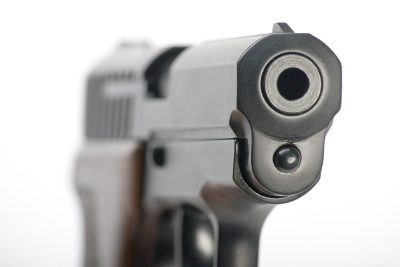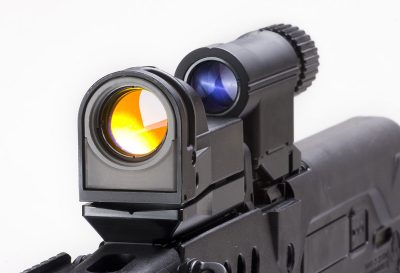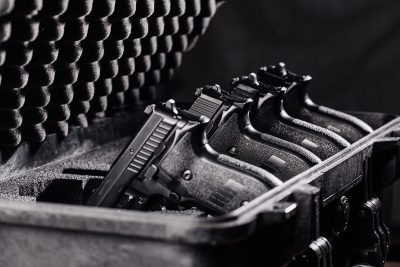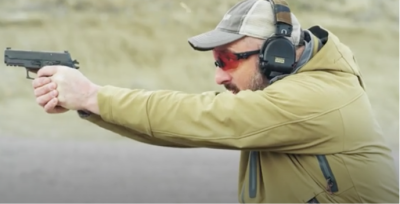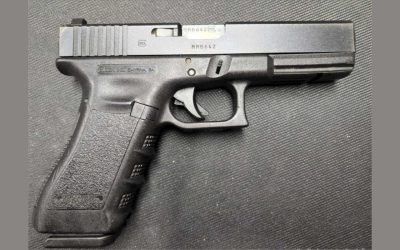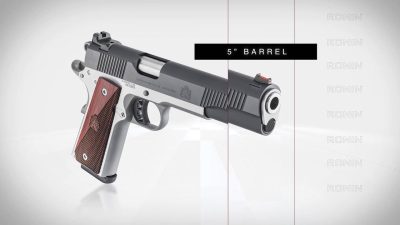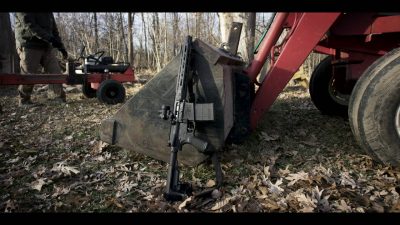6 Types of Handgun Safeties You Need to Know How to Operate
Get Familiar with These 6 Types of Handgun Safeties
When it comes to firearms, safety always comes first. Of course, that includes safe handling: storing firearms and ammunition separately, always treating any gun as if it is loaded, and always keeping the muzzle pointed in a safe direction. Understanding how to properly operate the safety mechanism on any firearm you may be handling is also vital. There are many different types of safeties, and you must be able to identify and manipulate each type correctly. This article will teach you about several common types of handgun safeties.
Lever/Thumb Safety
This is probably the most common safety found on handguns. At the rear of the firearm, this thumb switch can immobilize the firing pin or trigger, depending on the design. The hammer must be cocked on most single-action handguns before you can engage the safety. However, you can use the thumb safety at any time on double-action and striker-fired handguns. The Kahr PM9 is an example of a handgun that first featured an internal safety, but the manufacturer included a thumb safety on later models to comply with state regulations.
Grip Safety
Just as it sounds, this safety is essentially part of the handgun’s grip. This safety remains engaged by default if you aren’t holding the gun. This design aims to avoid accidental discharge by preventing the trigger from being pulled unless someone is holding the firearm properly. When your hand is around the grip, your palm squeezes the lever and disengages the safety.
Trigger Lever Safety
Like a grip safety, the trigger lever safety remains engaged by default and disengages with a proper trigger pull. With a trigger lever safety, you must fully press the safety into the trigger bow to release the hammer or striker. This significantly lowers the odds of an accidental discharge due to the trigger snagging on clothing or a holster. This is an increasingly popular type of safety you’ll encounter when shopping for guns online.
Automatic Internal Safeties
Firearm manufacturers designed this type of safety to replace external safeties. The best example of a manufacturer’s internal safety may be the SAFE ACTION® System from GLOCK. It’s entirely automatic and involves a trigger lever safety, firing pin safety, and drop safety working in concert. Operating independently, the safeties sequentially disengage when you pull the trigger. Once the trigger is released, the safeties automatically re-engage. The GLOCK 35 is one popular model featuring the SAFE ACTION® System.
Drop Safety
Historically, dropping a firearm could result in the accidental discharge of a chambered round. This occurs when the impact rattles the firing mechanism. To prevent such discharges, the drop safety was invented. This type of safety physically locks the firing mechanism within the frame or receiver. California is one of the states which requires drop safeties be included in all newly manufactured handguns.
Magazine Disconnect
Also required on new handguns by California and other states, the magazine disconnect prevents trigger pulls when the magazine is out of the handgun. While somewhat controversial among gun owners, the idea of this safety is to prevent any round left in the chamber from accidentally being discharged. Some feel this type of safety is unnecessary for anyone who follows proper gun safety protocols, including always treating every firearm as though it is loaded. However, accidental discharges are a reality, and less experienced shooters tend to be less diligent when handling a firearm with no magazine.
Shop GunBroker.com listings for handguns at www.gunbroker.com
